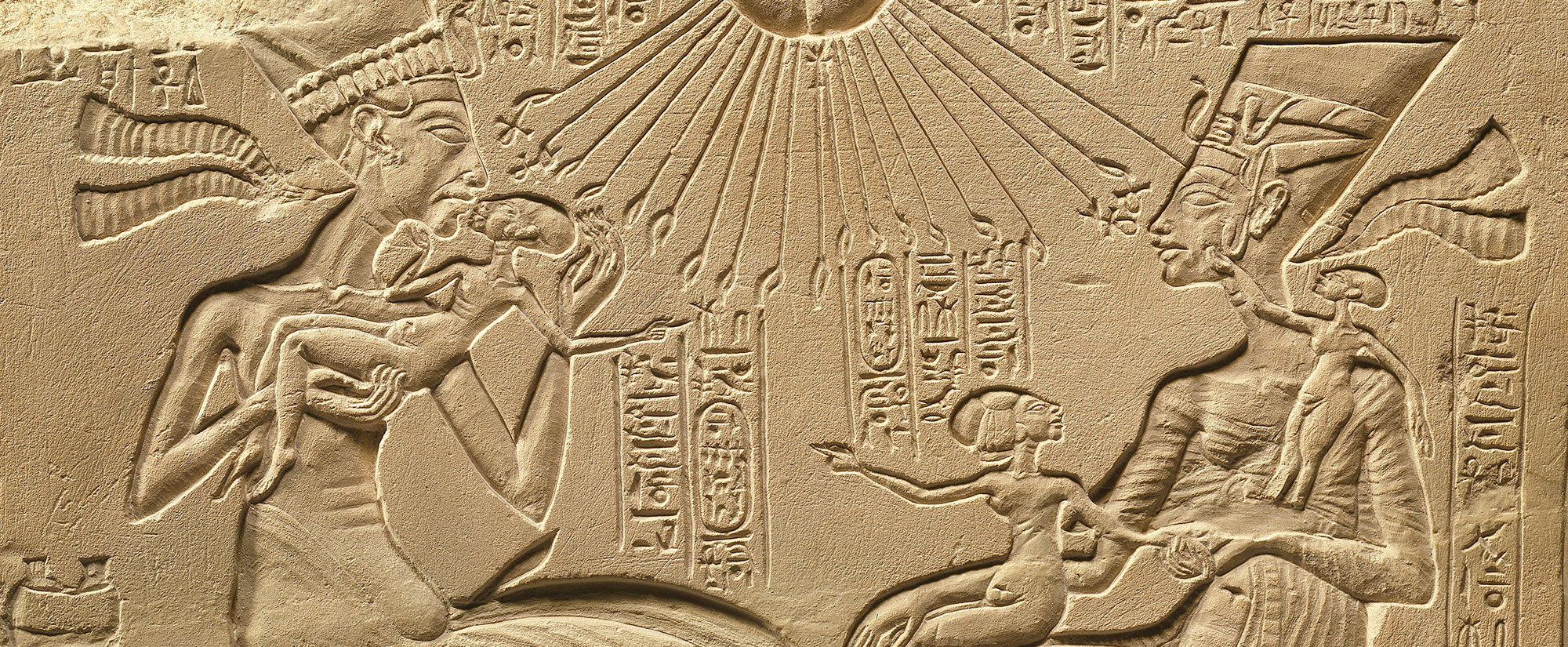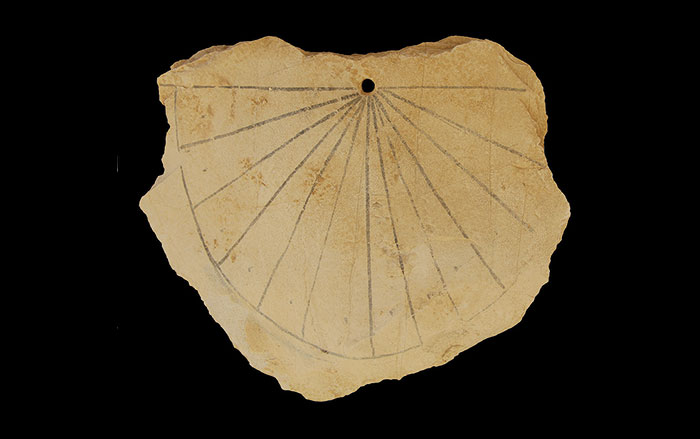
RHYNIE, SCOTLAND—In a grave lined with sandstone, a team of scientists from the universities of Aberdeen and Chester discovered fragments of leg, pelvis, and jaw bones that may have belonged to Pictish royalty. “It is extremely rare to find any human remains from this era in the north east of Scotland as the soil in this part of the world is so acidic,” said Gordon Noble of the University of Aberdeen. The collapsed stones in the grave helped preserved the skeletal material. Pieces of medieval glass imported from western France and fine metal works were also found near the grave. Rhynie, which dates to the fifth and six centuries A.D., is known for its eight stones carved with Pictish symbols.












